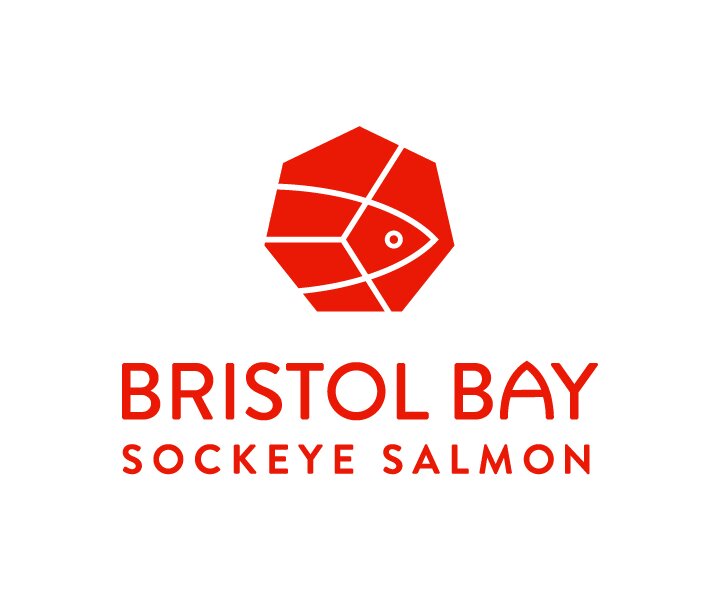From the BBEDC/Bristol Bay Science and Research Institute Port Moller Test Fishery page:
The Port Moller Test Fishery (PMTF) is conducted each year to help processors, fishermen, and fishery managers assess the timing, composition, and abundance of sockeye salmon returning to commercial fishing districts in Bristol Bay. The PMTF is approximately 150 to 200 miles southwest of the different Bristol Bay fishing districts; sockeye salmon typically take 6 to 9 days to travel this distance. Bristol Bay processors, fishermen, and fishery managers use the PMTF results to help gauge run strength, composition, and timing over the season.
Five or six stations spaced 10 miles apart are fished once each day from June 10 through July 10; stations range from 30 to 85 miles offshore, on a line stretching from Port Moller towards Cape Newenham (see map). Since 2011, we have caught fish using a 200-fathom gill net that consists of four 50-fathom shackles that alternate between shackles of 5 1/8 and 4 1/2 in mesh. The resulting daily index of abundance is known as the Replacement Index because it replaces the old Traditional Index (1987-2010) that was developed using only 5 1/8 in mesh and was selective towards older, larger fish. Fish are also sampled for scales and tissue to estimate the age composition and district-specific stock composition throughout each season. The genetics-based information lets us begin to parse the overall Replacement Index into relative abundance of fish bound for the different fishing districts, thereby increasing the program's usefulness.
In 2017, BBSRI will distribute four types of information from the PMTF:
- Daily Catch Updates, which report raw catches (same day) and the updated Replacement Index
- Interpretations of Data for recent day's catches, and the Replacement Index, and periodic forecasts of the entire year’s run and its relative strength to various districts.
- Age Composition Estimates released multiple times per season by ADF&G
- Stock Composition Estimates also released multiple times per season by ADF&G
Each series of updates will be consecutively numbered and delivered by email to everyone on the BBSRI email list serve, then posted to the web page within 24 hours. Contact Michael Link to be added to the list of email recipients for these updates. There is no cost to be on the list serve. List members in 2016 will automatically be included in 2017.
Contact Information
- Daily catches and email list: Michael Link, michael@bbsri.org




